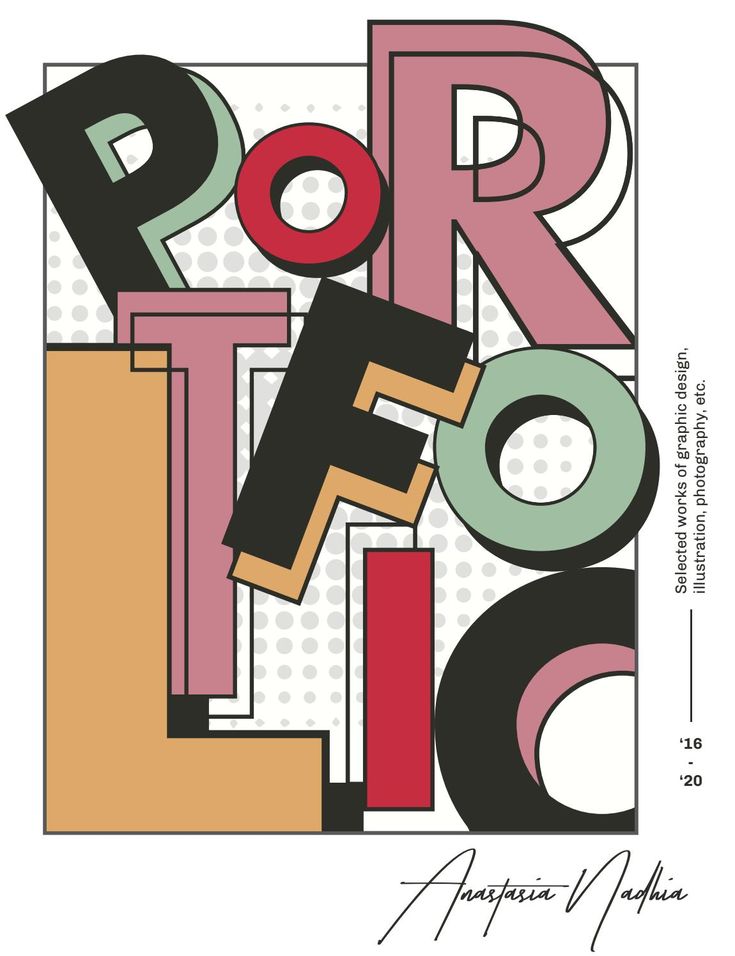Graphic design is everywhere—from the packaging of your favorite snacks to the websites you browse daily. It’s a blend of creativity, technology, and communication. But if you’re wondering, “What should I learn to become a graphic designer?” you’re not alone. Let’s break it down into clear, manageable steps.
1. Understand the Basics of Design Principles
Before diving into any software, you must grasp the foundation of good design. Learn the core principles:
-
Color theory: Understand how colors interact, create moods, and affect perception.
-
Typography: Learn how to choose and pair fonts effectively.
-
Layout and composition: Discover how to arrange elements in a visually appealing and balanced way.
-
Hierarchy: Learn how to guide the viewer’s eye to the most important information.
These principles form the backbone of every design, whether it’s a business card or a billboard.
2. Master Essential Graphic Design Software
You don’t need to know every tool, but you should be proficient in industry standards:
-
Adobe Photoshop: Ideal for photo editing and digital art.
-
Adobe Illustrator: Great for vector graphics like logos and illustrations.
-
Adobe InDesign: Used for layout design, such as magazines, brochures, and eBooks.
-
Figma or Sketch: Especially helpful if you want to branch into UI/UX design.
There are also free tools like Canva or GIMP to get started if you’re on a budget.
3. Learn How to Use Grids and Alignment
A good design is more than just pretty visuals—it’s structured. Learning about grids, spacing, and alignment helps ensure your work looks clean and professional. This is especially important in print and web design.
4. Understand Branding and Identity Design
Many graphic designers work on logos, packaging, and marketing materials. To excel in this area, learn how to:
-
Design logos that are timeless and memorable
-
Create cohesive brand identities
-
Understand brand tone, color palettes, and visual language
5. Develop Your Creative Thinking Skills
Creativity is the soul of graphic design. Learn to think critically and generate original ideas. Try:
-
Studying famous designers and their work
-
Re-creating existing designs to understand techniques
-
Challenging yourself with design prompts and briefs
6. Practice, Practice, Practice
The best way to learn is by doing. Start small:
-
Design a poster for a fictional event
-
Create social media graphics
-
Redesign a website or app interface
Build a portfolio with these projects to showcase your skills.
7. Learn About the Design Industry
Graphic design is not just about creating pretty visuals—it’s about solving problems and communicating effectively. Learn:
-
How to communicate with clients or teams
-
How to take and implement feedback
-
About different niches like print design, digital design, web design, motion graphics, etc.
8. Build a Strong Portfolio
Your portfolio is your ticket to opportunities. Include:
-
A variety of projects (logos, posters, web designs)
-
Case studies explaining your design process
-
Before-and-after versions, if applicable
Platforms like Behance, Dribbble, or even your own website can host your portfolio.
9. Stay Updated and Keep Learning
Design trends, tools, and technologies evolve. Stay curious and keep learning through:
-
Online courses (like Coursera, Skillshare, Udemy)
-
YouTube tutorials
-
Design blogs and communities

